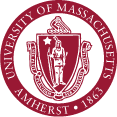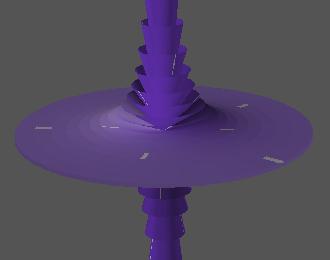
T.W.I.G.S.
The "What Is ...?" Graduate Seminar
Room 1634,
Lederle Graduate Research TowerUniversity of Massachusetts, Amherst

 The Seminar meets on most Wednesdays, 1:30-2:30
in 1634 LGRT.
The Seminar meets on most Wednesdays, 1:30-2:30
in 1634 LGRT.
 Driving Directions and
Campus Maps
Driving Directions and
Campus Maps
 Overview of the Seminar
Overview of the Seminar